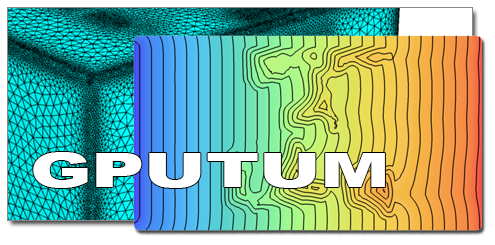 |
GPU-enabled Toolbox for Solving Partial Differential Equations on Unstructured Meshes GPUTUM is a collection of libraries that use fast GPU parallel processing in order to solve sets of differential equations. |
{2jtoolbox tabs id:19}
 |
GPU-enabled Toolbox for Solving Partial Differential Equations on Unstructured Meshes GPUTUM is a collection of libraries that use fast GPU parallel processing in order to solve sets of differential equations. |